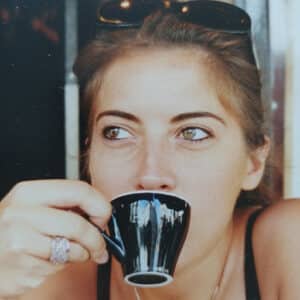Portrait d'Annie Leibovitz © Annie Leibovitz
Going through Annie Leibovitz’s archives is always a source of enchantment. It means revisiting the history of American photography, delving into the very notion of portrait, and probing her singular, poet...



